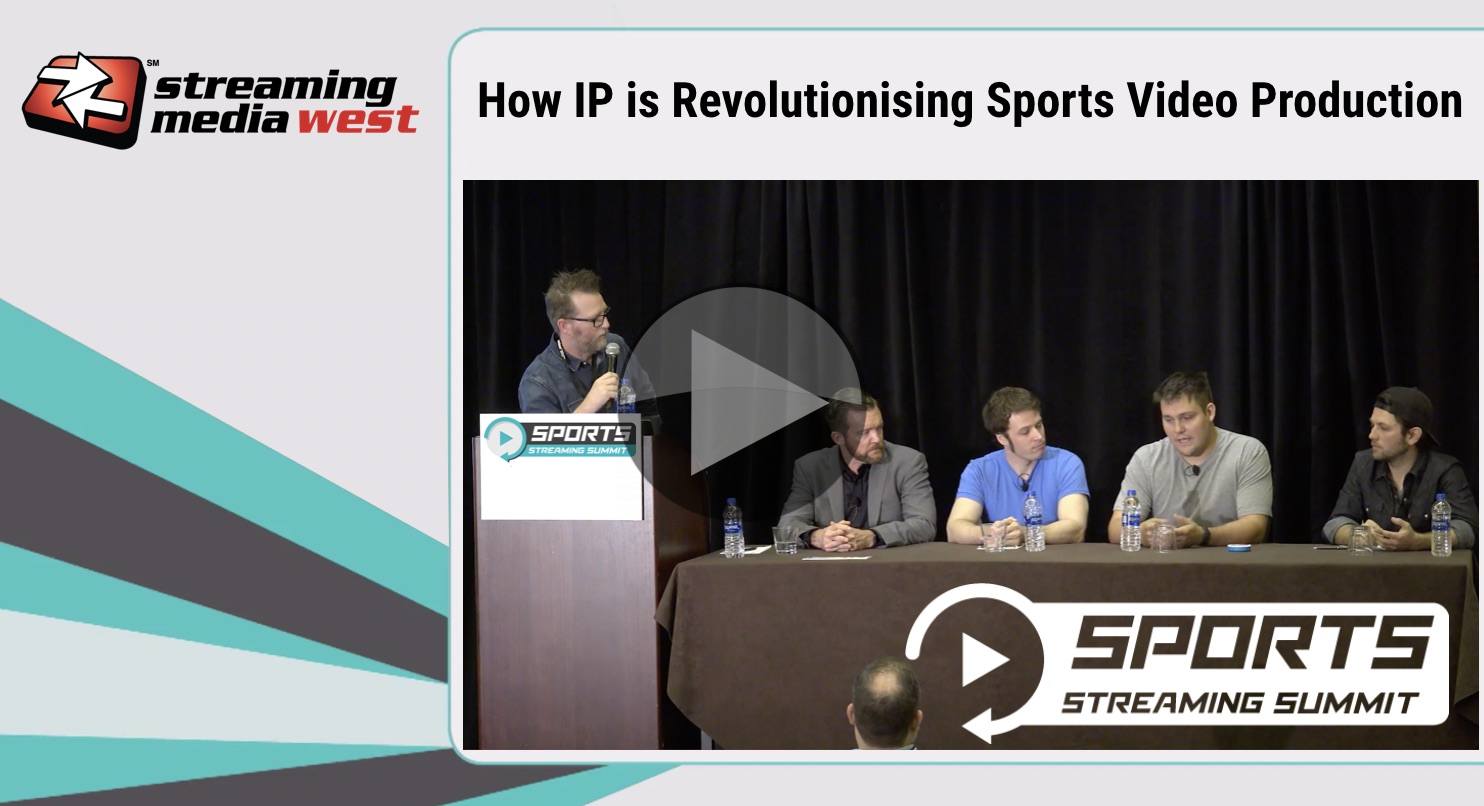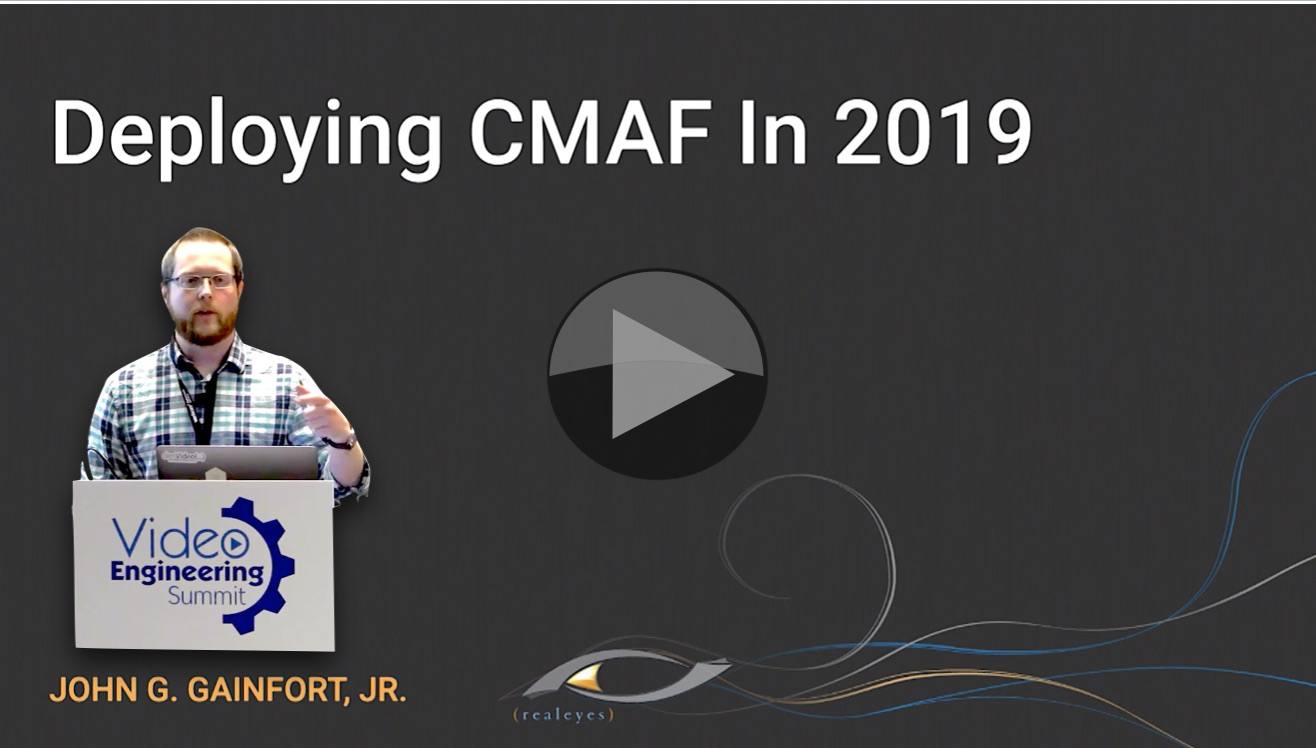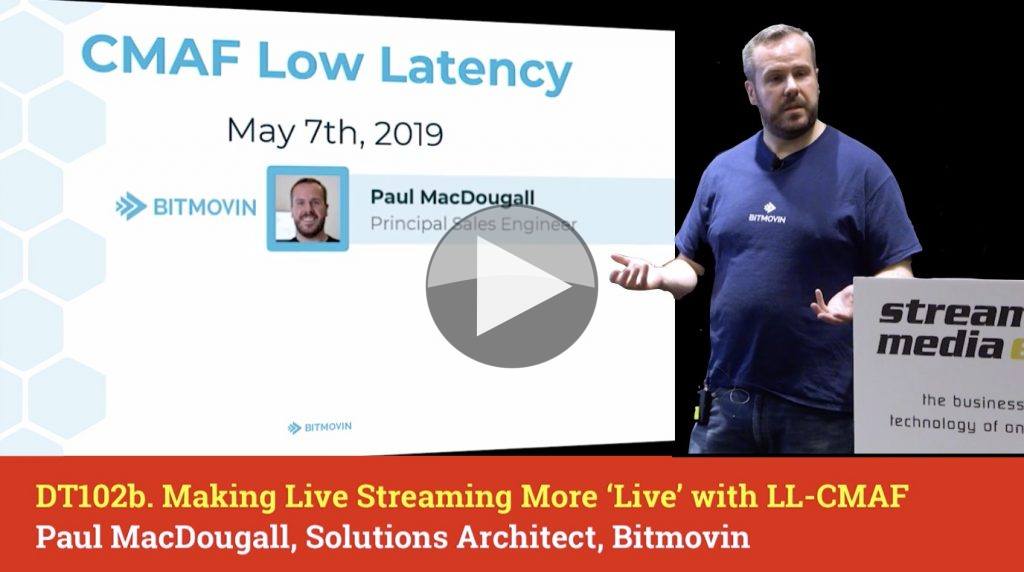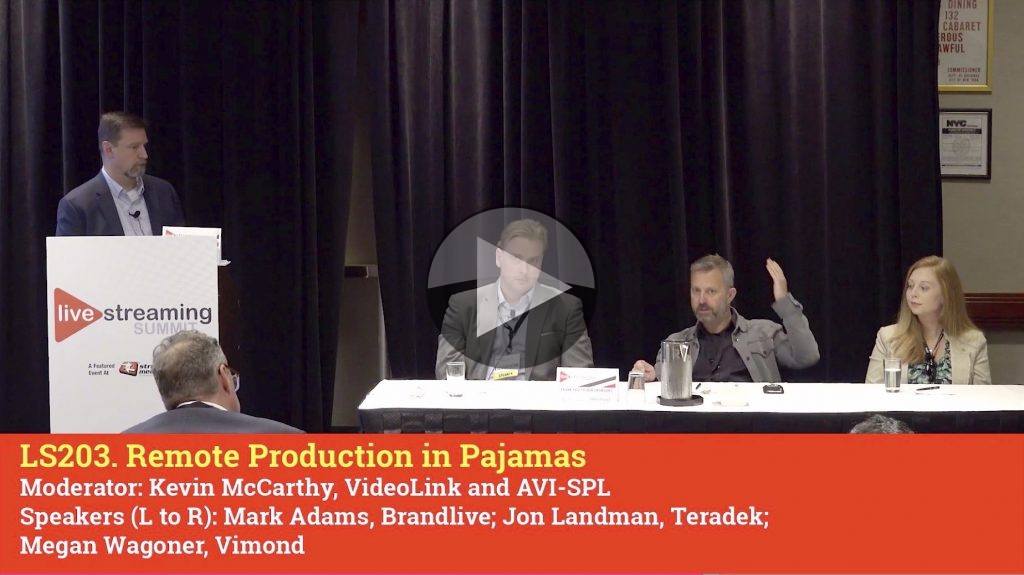IP Production is very important for sports streaming including esports where its flexibility is a big plus over SDI infrastructure. This panel discusses NDI, SMPTE ST 2110
eSports, in particular, uses many cameras, Point-of-video cameras, PC outputs and the normal camera positions needed to make a good show, so a technology like NDI really helps keeps costs down – since every SDI port is expensive and takes space – plus it allows computer devices to ‘natively’ send video without specific hardware.
NDI is an IP specification from Newtek (now owned by VizRT) which can be licenced for free and is included in Ross, VizRT, Panasonic, OBS, Epiphan and hundreds more. It allows ultra-low-latency video at 100Mbps or low-latency video at 8Mbps.
The panel discusses the right place and use for NDI compared to SDI. In the right places, networking is more convenient as in stadia. And if you have a short distance to run, SDI can often be the best plan. Similarly, until NDI version 4 which includes timing synchronisation, ST 2110 has been a better bet in terms of synchronised video for ISO recordings.
For many events which combine many cameras with computer outputs, whether it be computers playing youtube, Skype or something else, removing the need to convert to SDI allows the production to be much more flexible.
The panel finishes by discussing audio, and taking questions from the floor covering issues such as embedded alpha, further ST 2110 considerations and UHD workflows.
Watch now!
Speakers
 |
Philip Nelson President, Nelco Media |
 |
Mark East Chief Problem Solver, 090 Media |
 |
Victor Borachuk Director/Executive Producer JupiterReturn |
 |
Jack Lavey Operations Technician, FloSports |
 |
Jon Raidel Technical Operations Manager, NFL Networks |











